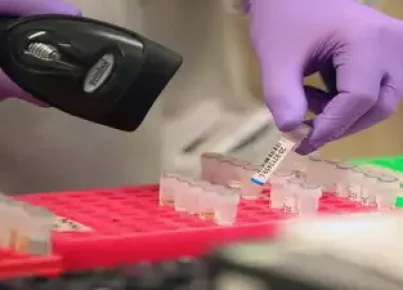These are tests used to determine whether a student is experiencing learning difficulties. Trained professionals usually administer these. Diagnostic tests directly guide academic, instructional, and curricular decisions because there’s a better comprehension of what a student does or doesn’t know in relation to particular learning goals.
Important features of diagnostic tests include:
· Diagnostic tests focus on an individual’s learning deficiency or educational weakness and identify the learning gaps in students
· Diagnostic tests are often limited to low ability students
· These tests pinpoint the particular types of error each student is making and look for the underlying causes of the problem
Teachers often administer diagnostic tests for reading and math skills, utilizing the results to provide remedial instruction or place pupils within appropriately leveled classes. Diagnostic tests for reading provide particular information about students’ reading skills. Students take the test in groups or individually. Some tests require interaction with a test proctor, while others are computer-based. These tests are designed to identify at what grade level kids are reading based on their mastery of blending, phonics, word recognition, and text comprehension. Ideally, a student entering a grade should demonstrate reading skills typical of that grade, meaning a fifth grader shouldn’t use sound-out techniques like a first grader. When teachers identify students are reading below grade level, they usually implement interventions designed to strengthen the missing skills.
Diagnostic tests for maths typically provide a level for a kid’s mathematical skills, not just related to grade level but also math topic. Schools often use these tests to place pupils in appropriate math classes. However, educators use math diagnostic tests to improve student achievement by motivating high achievers and offering remedial instruction to struggling students.
Conceptual diagnostic tests aim to reveal whether students hold common misconceptions about a subject. Answer choices on these multiple-choice tests are designed to activate common misconceptions about a particular discipline, thus ensuring the pupils have a clear understanding of the concept. Conceptual diagnostic tests pinpoint weak areas of key understanding by assessing students’ knowledge of a topic.
Despite the advantages offered by diagnostic tests, there’re some drawbacks too. These include:
· The importance of diagnostic tests may get diminished in large groups
· A teacher may develop inappropriate assumptions about a student’s knowledge of a subject and overlook that specific topic during the unit
· Special training may be required to administer diagnostic tests correctly and reliably




